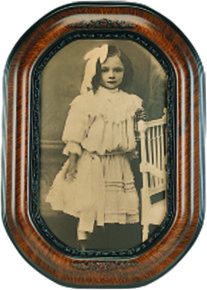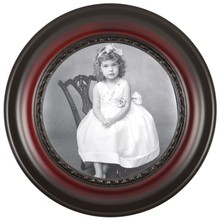30% off Family Picture Frames
Now through February 28, 2014
Coupon Code: FAMILY
A Guide to Preserving Family Photos
A window to the past, family photos provide a glimpse into history. Highlighting important events, such as weddings, coming of ages, birth announcements, military squadrons, etc., these photos are a vital part of what makes people who they are today.
The following preservation tips are provided by archivists, which help to preserve important photographs so they can be handed down generation to generation.
Display
When displaying photographs, it's best to use copies instead of originals. Most old original photographs are extremely delicate, which makes them susceptible to light exposure. When displaying original photos, it's important to consider:
- Regularly rotating original photos to avoid lengthy periods of light exposure.
- Using low wattage bulbs and turning off lights regularly.
- Placing photographs on walls that receive minimal sunlight.
- Always closing blinds and draperies when gone for extended periods.
- Consider using acrylic or filtered glass for framed photos that are exposed to excess sunlight. Always place photographs on an acid-free mat to avoid damage.
Storage
Documents and photographs should always be stored in a dry, cool place. Avoiding temperature and humidity fluctuations is best. While most people store photographs in basements and attics, these are the two worst areas for long-term storage, as they expose photographs to harmful elements. The following tips are essential for storing photographs:
- Store photographs in individual sleeves of polypropylene or polyester. Always use acid-free sleeves. Another option is using storage that has passed the "photographic activity test."
- Albums and storage boxes should be acid-free to help reduce exposure and minimize photograph damage.
- Adhesive damages photos. Consider using polyester mounting strips or photo corners to mount photographs in acid-free albums.
- Negatives should always be stored separately from photos, as this guarantees all documentation and photographs aren't eradicated in the event of a disaster.
- When labeling photos, always use soft pencil, as ink bleeds through.
- When handling photographs, always do so with clean, oil-free hands. Handle negatives and photographs by the edges to avoid fingerprints and damage.



